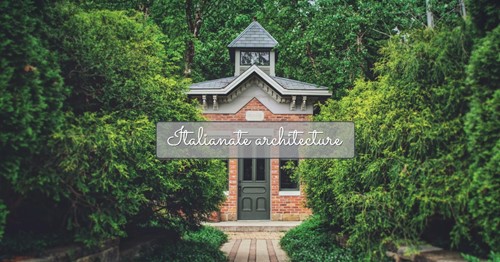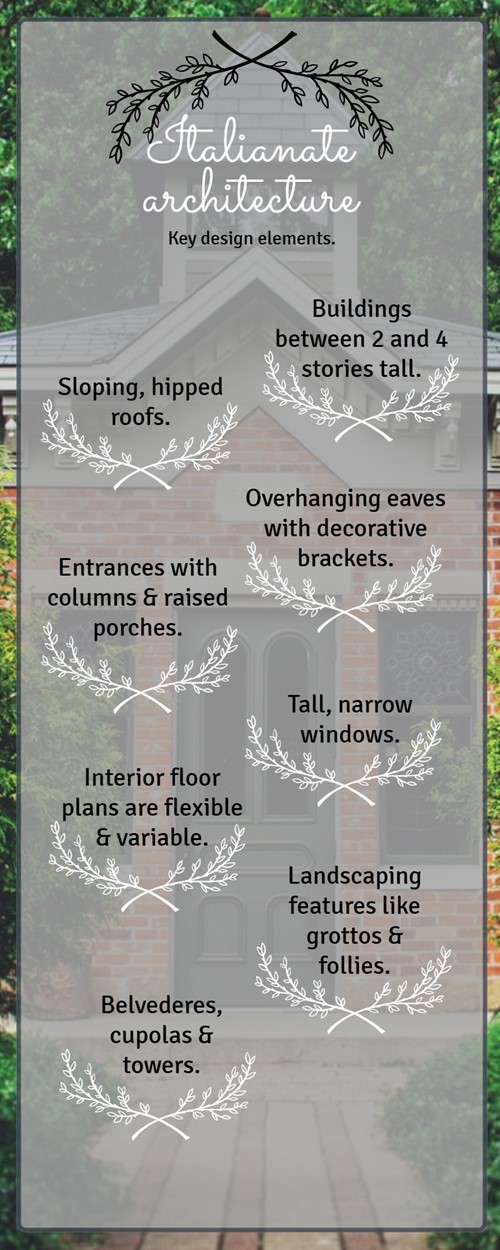
A fanciful and ornate category of Victorian design, Italianate architecture has made its inspirational mark on buildings of all kinds. Italianate style employs picturesque elements inspired by the architecture of the Italian Renaissance, featuring heavy emphasis on decorative accents and sky-high facades.
What other style elements make Italianate architecture captivating and unique? Here is a guide to style’s key characteristics:
Tall buildings
One of the most immediately recognizable elements of Italianate architecture is the prevalence of tall, narrow designs. Italianate buildings are typically between two and four stories tall, featuring narrow windows to enhance the vertically oriented facade.
Italianate buildings typically have a symmetrical, rectangular shape, but feature exciting architectural accents like cupolas and towers to add interest to the design.
Dramatic entryways
Another recognizable feature of Italianate architecture is the use of columns and decorative brackets in building entryways. Classical round or square columns often flank single or double door entrances situated on raised porches with decorative woodwork. The tall, narrow windows dressing the building’s facade further emphasize the entryway by framing the door.
Overhanging eaves
Deep cornices and overhanging eaves are another dramatic and striking feature found in Italianate style buildings. The wide eaves bring contrast to the tall, narrow building designs by adding extra dimension and calling back to the decorative elements of picturesque Renaissance-era Italian villas.
Fanciful landscaping
While much of Italianate architecture is found in cities, landscaping is an important part of the design style when space permits. Even in homes without yard space, you’ll often find hedges trimmed into a variety of geometric shapes to add more character to the home’s facade.
In country houses and properties with ample outdoor space, Italianate landscaping takes the picturesque to a new level by including purely decorative accents like grottoes, follies and reflecting pools. Pathways made of gravel direct visitors to the dramatic entrance, while the other fanciful features add aesthetic interest and wonder.

Italianate style can be difficult to separate from other Victorian-era architectural movements. However, like Gothic revival or Greek revival architecture, certain major elements are key to recognizing this prominent style across multiple continents.
About the Author
